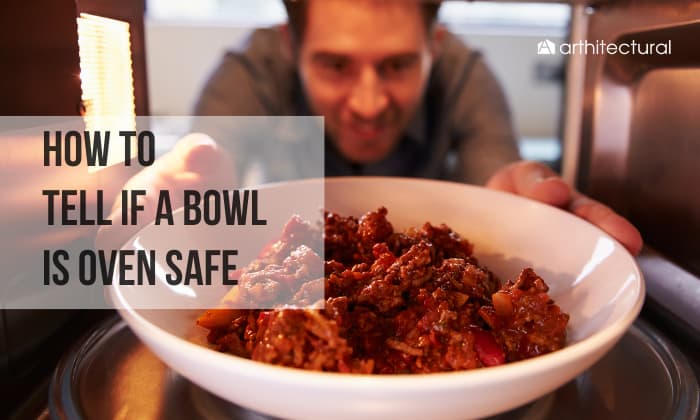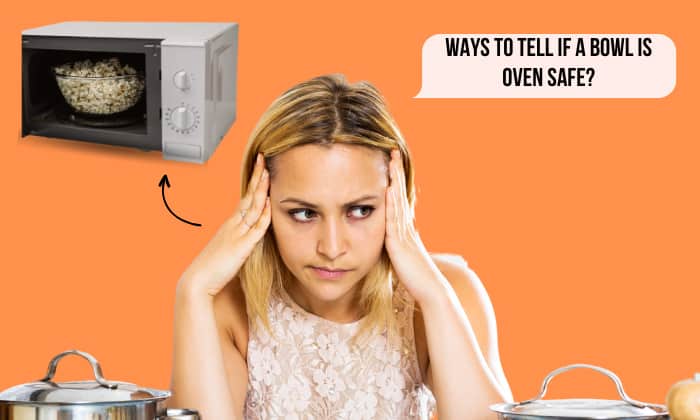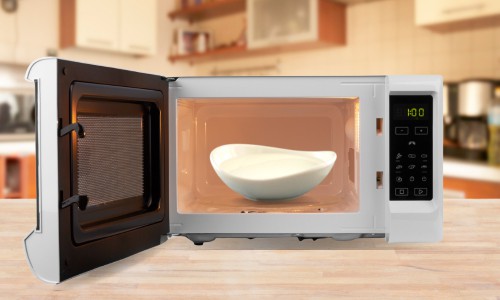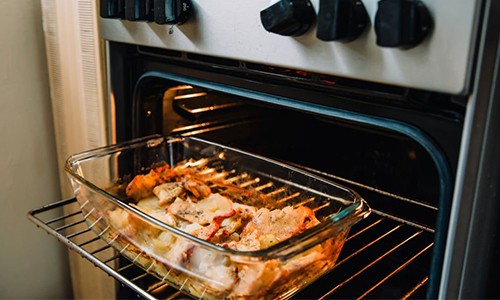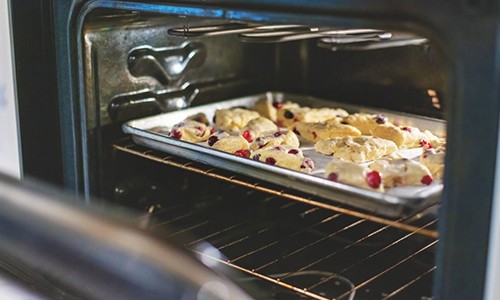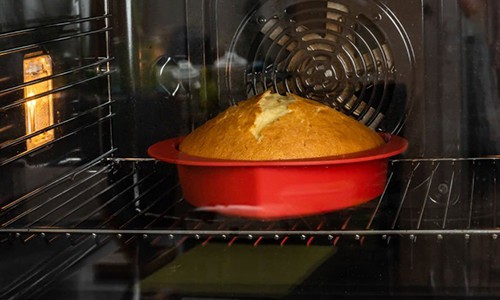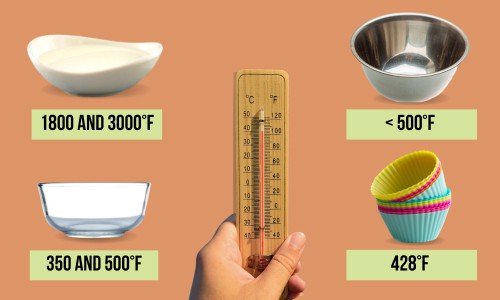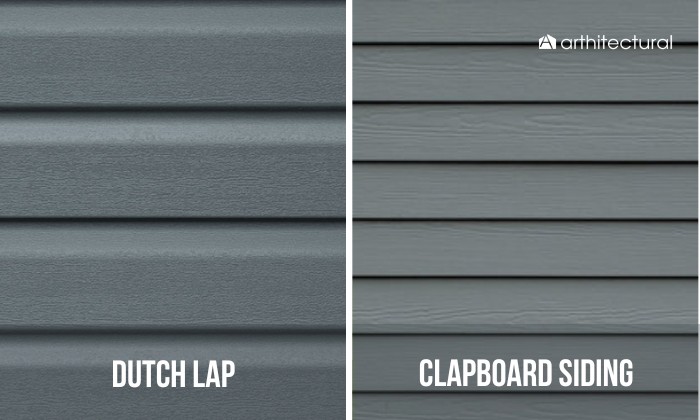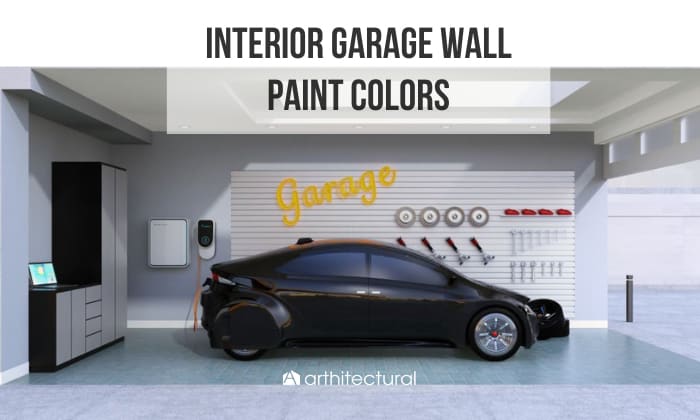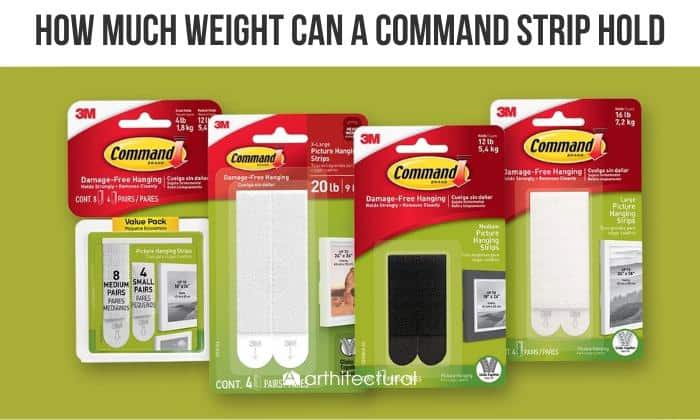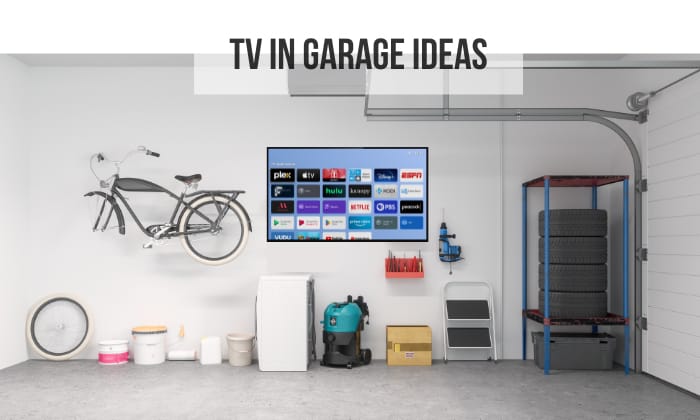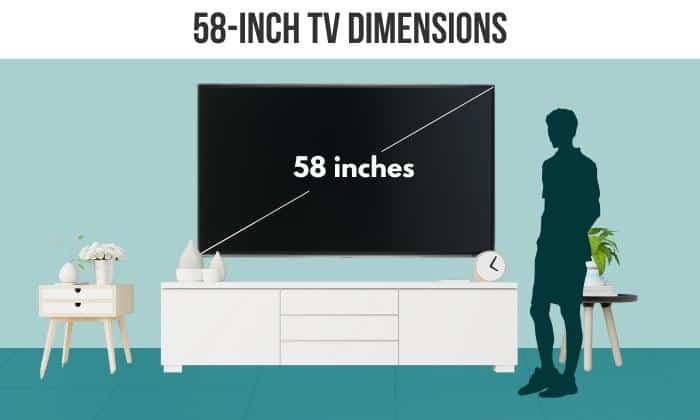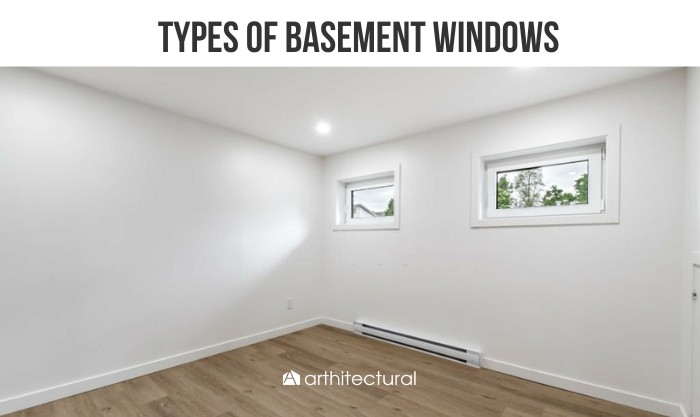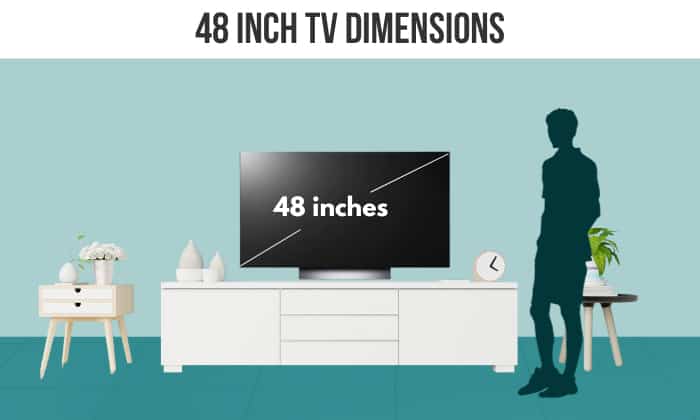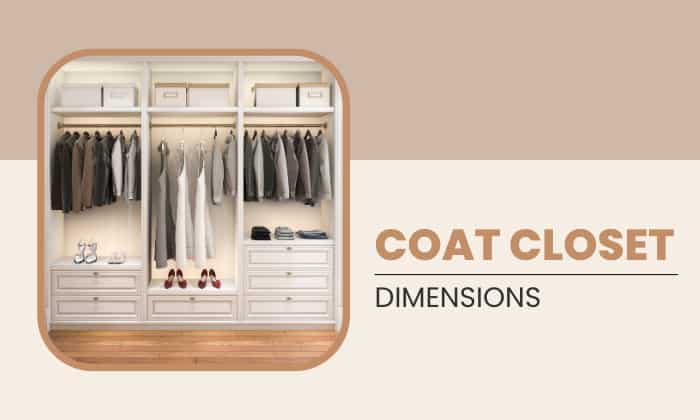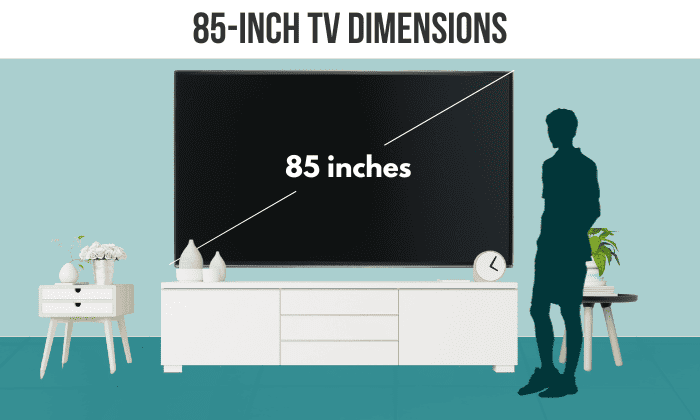Reheating food in the oven has become one of the habits people incorporate into their daily life. So, how to tell if a bowl is oven safe?
A few years back, it was hard to know whether crockeries were oven safe or not. Luckily, nowadays, companies manufacture bowls and plates that are safe for heating up in the oven.
A bowl is oven safe when it has an oven-safe symbol on the bottom. But what if the bowl is an antique that has no symbol? How do you decide whether it’s safe to use in the oven? Read on to find out!
Table of Contents
Ways to Tell if a Bowl is Oven Safe
The history of the oven dates back to ancient times, with evidence of clay ovens being used as early as 29,000 BC. Nowadays, ovens are common appliances that appear in every American home.
Though you don’t need a certificate to use an oven, certain practices are advised to protect both the equipment and yourself. It’s crucial to make sure the vessel you use to cook or heat up food is ovenproof.
Using bowls and plates that aren’t resistant to oven heat can lead to breakage or even possible health risks. Here’s how to know which kind of bowls are oven safe through signs that you can easily detect:
Method 1: Check the Bowl’s Material
In general, bowls that are made from glass, ceramic, and certain types of metal, are safe to use in the ovens. To accurately determine the material of the cookware, contact the manufacturer.
1. Ceramics
Ceramic go in oven is one of the safest materials. You can put a ceramic plate in the oven, the same goes for bowls. Common ceramics are earthenware, porcelain, and stoneware.
Many people think that all ceramic cookwares are safe for oven use. However, not all ceramics can handle extreme temperatures.
To ensure your well-being, buy ceramics designed to resist extreme temperatures, like Ikea ceramic bowls.
2. Glass
Glass bowls should be used with care. Glass bowls oven safe must be checked properly to prevent them from shattering in the oven.
3. Metal
You can also let metal bowls go in the oven. Metal bowls where all parts are made from metal are generally oven safe.
4. Silicone
Silicones are safe to use in the oven as well. Items such as silicone bakeware are safe for everyday use in the kitchen.
Method 2: Look for Labels or Information That Came With the Bowl
One of the easiest methods to check if your cookware is oven safe is to look for a bowl with an oven-safe symbol.
Here are some steps you can do:
- For a newly purchased bowl, check the packaging and look for information, label, or symbol indicating that it is safe for oven use. Often manufacturers will include this information on the packaging to make it easy for consumers to identify that something is oven safe.
- You can also check the bottom or side of a bowl to see if there are stamps or markings on the bowl indicating that they are oven safe. You can look for labels such as: “Oven Safe”, “Heat Resistant”, or “Ovenproof”.
- If you cannot find any label or marking stating it is safe for oven use, check the manufacturer’s website for information on whether it can be used in the oven or not.
- When the three steps mentioned are done and you still do not know whether your bowl is oven safe, you can contact the manufacturer directly to ask the question. Their customer service should be able to answer your query and guide you on whether it is safe for oven use.
Method 3: Check the temperature limitations
Knowing the temperature limitations of bowls can help prevent any risk that could happen like bowls breaking or shattering. Besides, it can leave you with a whole mess of food in the oven. So here are the temperature limitations of glass, ceramics, and metal:
- The maximum ceramic oven-safe temperature is 1800 and 3000 degrees Fahrenheit.
- For glass bowls, however, keeping the oven at 350 to 500 degrees Fahrenheit is the safest. Exceeding it will cause the bowl to break.
- For stainless steel, it is best not to cook beyond 500 degrees Fahrenheit. This is to prevent them from warping when introduced to temperatures higher than 500.
- Silicone bakeware can resist up to 428 degrees Fahrenheit oven temperature.
For concrete detail, you can check the packaging of the bowls to find out the temperature limitation of what you have purchased.
If thefre is no information stated on the packaging, check the manufacturer’s website or instructions for information regarding the temperature limitations and other important information you might take in mind.
Method 4: Consider the Age and Condition of the Bowl
Even though a bowl was initially advertised as being safe for use in the oven, it won’t apply when the item has been widely used, has cracks or chips, or is an older model. In general, bowls that are more recent and well-maintained are more likely to be oven-safe.
Things You Should and Should Not Put in the Oven
Refer to the table below to see which item in your pantry is safe for oven use.
| Things You Can Put in the Oven | Things You Should Not Put in the Oven |
| You can put metal in the oven, specifically stainless steel and cast iron. | Wooden items should not be used in the oven. Their structure will most likely distort. |
| Glass is oven safe as well. But, make sure that you will not place it straight into a hot oven or it will break and shatter. | Be extra careful when using plastic bowls since there are bowls that can withstand heat while other plastics are more likely to warp. |
| Ceramic bowls go in the oven safely as well. Two ceramics you can use are porcelain and stoneware. | Wax paper and paper towels should not be put in the oven. These papers are not able to resist heat and can result in a burn. However, parchment paper is made for baking, so feel free to use it. |
| You can put bowls in the oven if they’re made of silicone as well. Silicone bakeware is heat resistance and oven safe. |
Conclusion
Knowing whether a bowl is safe to use in the oven is an essential consideration for any home cook. Hence, you must know how to tell if a bowl is oven safe. You can read the manufacturer’s instructions and look for labels or symbols.
It’s also a good idea to check the materials of the bowl and avoid materials that may crack, melt, or emit harmful chemicals when exposed to high temperatures.
By taking these precautions and being mindful of the materials used in the bowls you choose to cook with, you can ensure that your cooking experience is safe and enjoyable.

Hi, I am Roseanne Jones, an aspiring home designer that wants to make you feel more at home with your new house.With nearly five years of redecorating old residents and arranging new ones, I am confident that I can give you the best advice on your lovely place.


